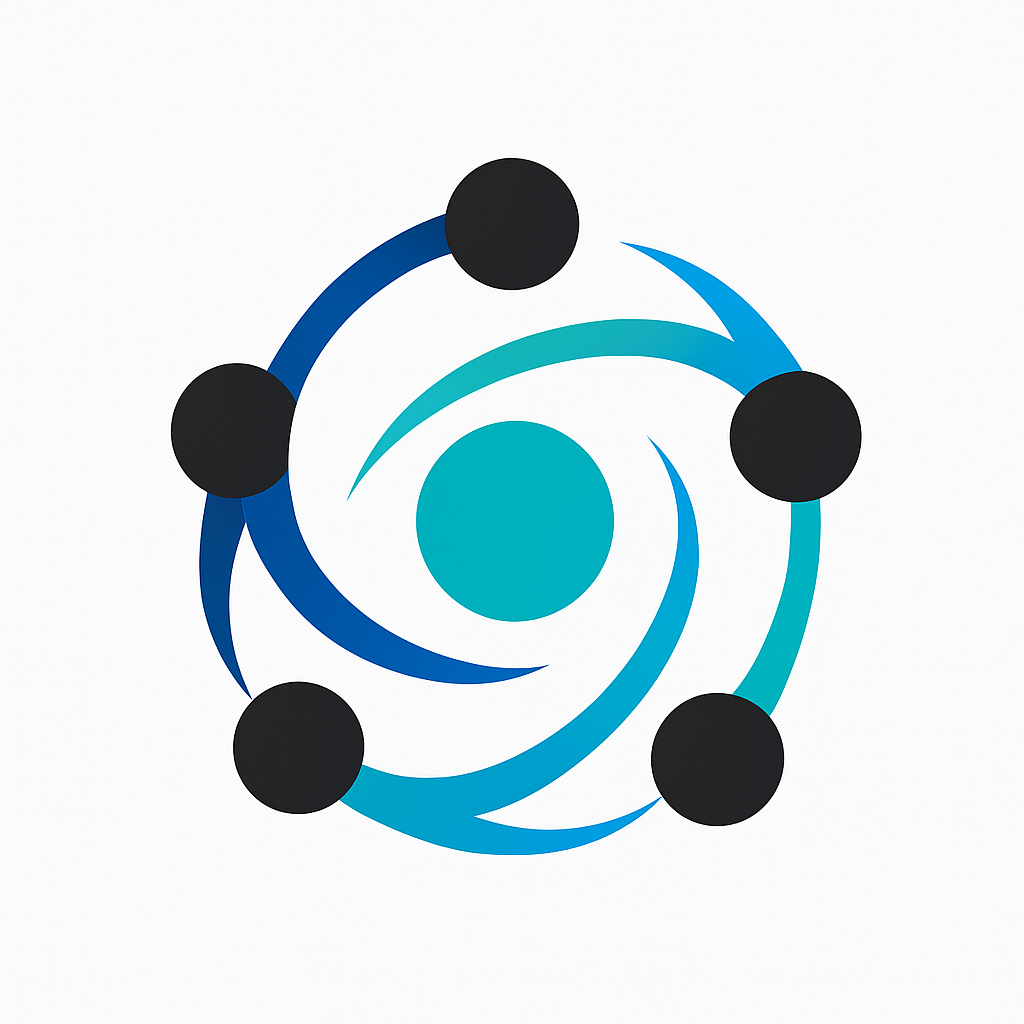Agentic AI: Unlocking Enterprise Growth Through a New Strategic Layer of Efficiency
Exploring how Agentic AI transforms enterprise efficiency by connecting systems, reducing friction, and enabling growth across complex organizations.
Introduction
“The next phase of enterprise efficiency won’t come from new tools — it will come from intelligent connections between them.”
Across Fortune 500 boardrooms and global operations teams, one pattern repeats: enterprises are rich in tools but poor in cohesion. CRMs, ERPs, data lakes, and collaboration suites multiply, yet coordination remains human-bound — reliant on meetings, spreadsheets, and email threads. The result is an invisible tax on productivity: duplicated work, delayed decisions, and lost institutional knowledge.
Agentic AI is emerging as a response to this hidden inefficiency. Rather than functioning as a chatbot or task automator, it acts as an intelligent layer that connects and reasons across existing systems. For matrixed organizations, that shift represents more than a technology upgrade — it’s a structural opportunity to reclaim time, context, and operational alignment.
The Enterprise Paradox
Enterprises invest billions in digital transformation, but fragmentation persists. Each department selects best-in-class tools for its own priorities, creating an ecosystem that is sophisticated yet siloed. Marketing runs campaign data in HubSpot, sales tracks opportunities in Salesforce, finance forecasts in NetSuite, and operations rely on Jira or ServiceNow. None of these systems share a unified understanding of goals or outcomes.
When a single update — a price change, a contract revision, a shift in customer status — must ripple through half a dozen systems, humans step in as the connectors. The cost is measured in slow response cycles, inconsistent reporting, and decision fatigue at the leadership level.
By the Numbers
Grounding the opportunity in data helps highlight the scale of enterprise inefficiency:
- $2.4 trillion — projected annual cost of process inefficiency across global enterprises (IDC, 2025)
- 40–60 % — share of enterprise AI projects now focused on internal efficiency and workflow orchestration (Gartner, 2025)
Why Agentic AI Matters Now
The shift from automation to agency is redefining what “efficiency” means. Traditional RPA bots execute rules; Agentic AI interprets context, adapts to change, and coordinates across applications. Instead of merely automating a single workflow, it holds the potential to optimize entire networks of workflows — effectively serving as a connective nervous system for the enterprise.
Companies at the forefront of AI innovation are already signaling where this is heading. OpenAI’s ChatGPT Enterprise is moving beyond content assistance toward organizational intelligence, offering APIs and custom GPTs that embed reasoning directly inside corporate ecosystems. Anthropic’s Claude Agents focus on safe autonomy — handling document understanding and process orchestration inside enterprise environments where data control and auditability are paramount. Google’s Gemini for Workspace is weaving AI into productivity layers, connecting communication, scheduling, and insights across departments.
Each of these efforts reflects the same strategic thesis: the next efficiency gains won’t come from replacing people but from connecting systems intelligently around them.
Closing Thought
Efficiency has long been pursued through reorganization, outsourcing, or new software adoption. Yet the real breakthrough may lie in something subtler — a unifying layer of intelligence that sees across the enterprise and optimizes the space between departments. Agentic AI represents that frontier: not a product category, but a paradigm shift in how complex organizations connect, decide, and grow.
References
Huang et al., “Understanding the planning of LLM agents: A survey,” arXiv preprint (Feb 2024). [https://arxiv.org/abs/2402.02716]
OpenAI — ChatGPT Enterprise Updates (Oct 2025) “New routing controls, shared projects, and enhanced compliance for enterprise teams.” [[https://openai.com/index/more-ways-to-work-with-your-team]]
OpenAI — ChatGPT Enterprise Launch “Enterprise-grade data privacy, admin controls, and secure integrations across workflows.” [[https://openai.com/index/introducing-chatgpt-enterprise]]
Anthropic — Claude Opus 4.1 Release (Aug 2025) “Improved reasoning, context handling, and multi-agent coordination for enterprise-scale AI operations.” [[https://www.anthropic.com/news/claude-opus-4-1]]
Anthropic x Databricks Partnership “Claude models embedded in Databricks to enable enterprise-grade AI agent deployment.” [[https://www.databricks.com/company/newsroom/press-releases/databricks-and-anthropic-sign-landmark-deal]]
Anthropic — Claude for Enterprise “Enterprise solution offering high-context reasoning, integrations, and robust security controls.” [[https://www.anthropic.com/news/claude-for-enterprise]]
